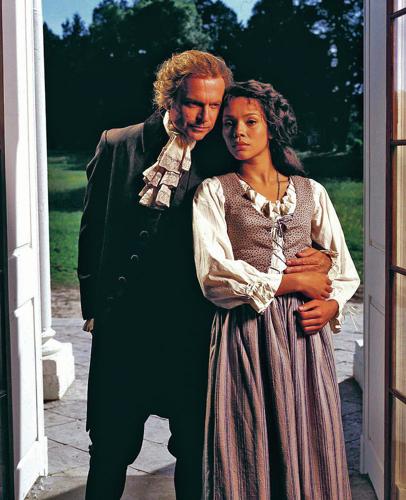If you happen to meet someone who thinks history is boring or irrelevant, hand them this American Heritage to help them see the error of their ways. This issue packs a punch, with some of the most harrowing stories in American history and thought-provoking essays that tell us much about who we are as a people.
Longtime American Heritage readers will remember we helped break the story nationally about the relationship between Thomas Jefferson and his slave Sally Hemings in Fawn Brodie’s “The Great Jefferson Taboo” in our June 1972 issue. Ever since, we’ve kept abreast of the story, running a number of pieces including one by former editor, Richard Snow, whose stepdaughter was a descendant of Hemings and Jefferson. It’s a story that resonates and bears looking because it runs right to the heart of how we as Americans think about our history.

